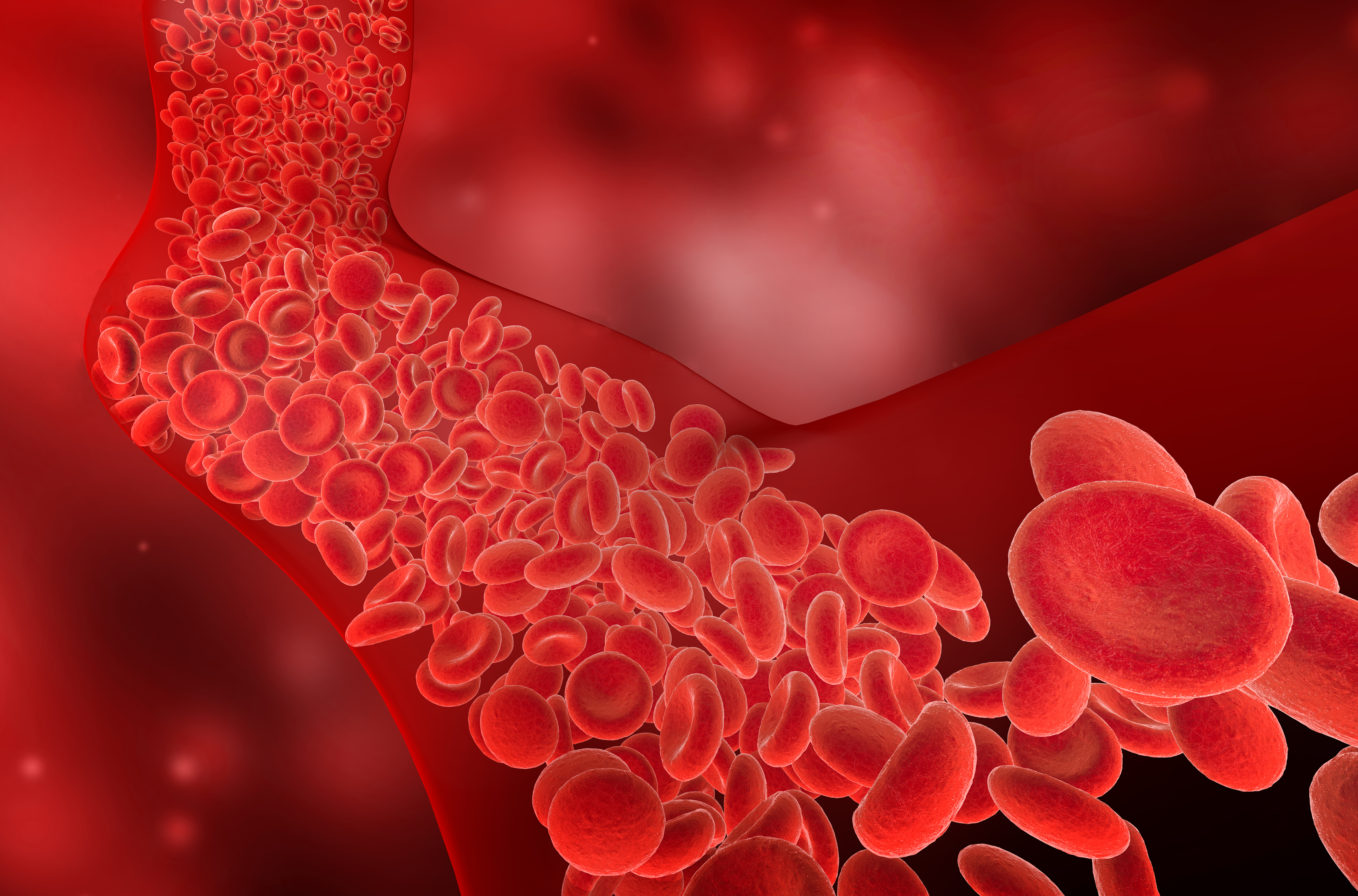10 Potential Causes And Risk Factors For An Enlarged Spleen
That spongy, unassuming organ tucked just below your diaphragm, behind your ribs on the left side – your spleen – performs vital, silent work, diligently filtering your blood and fighting infection. Most of the time, you don't even know it's there. But when this unsung hero swells, becoming palpable to a doctor's touch, it's sending a profound, urgent message. An enlarged spleen, or splenomegaly, isn't a disease itself; it's an ingenious alarm system, a stark indicator that something significant is amiss elsewhere in your body. Recognizing this subtle signal is crucial. This article unveils 10 potential causes and risk factors for an enlarged spleen, helping you understand this silent warning sign and what it might reveal about your overall health.
1. Cirrhosis Of The Liver

Cirrhosis of the liver is serious scarring of the liver due to a variety of liver diseases, alcohol abuse, or other conditions. Symptoms of cirrhosis are silent in the early stages, but as the disease progresses the patient is constantly tired and weak, has little appetite, loses weight and is nauseated. Their legs or abdomen (including the spleen) may swell, and they bruise and bleed easily. Since the liver also removes toxins from the body, they might notice changes to their skin such as jaundice, the yellowing of the whites of the eyes and the skin. They may also develop white nails and red palms, spider veins, and severe itching. Some cirrhosis patients also have trouble remembering or concentrating.
2. Blood Clots Or Pressure Near The Spleen

Another reason for an enlarged spleen is blood clots or pressure near the spleen. These abnormalities can be caused by cancer that started in another part of the body and spread to the spleen. A cyst, a benign fluid-filled sac, can also put pressure on the spleen and cause it to enlarge Untreated infections can set up abscesses near or in the spleen. This happens when a cavity fills up with pus. Blood clots can be caused by injuries to the spleen, which can result in enlargement. Some diseases and infections, including mononucleosis, malaria, and toxoplasmosis, also cause blood clots to form in the spleen.
